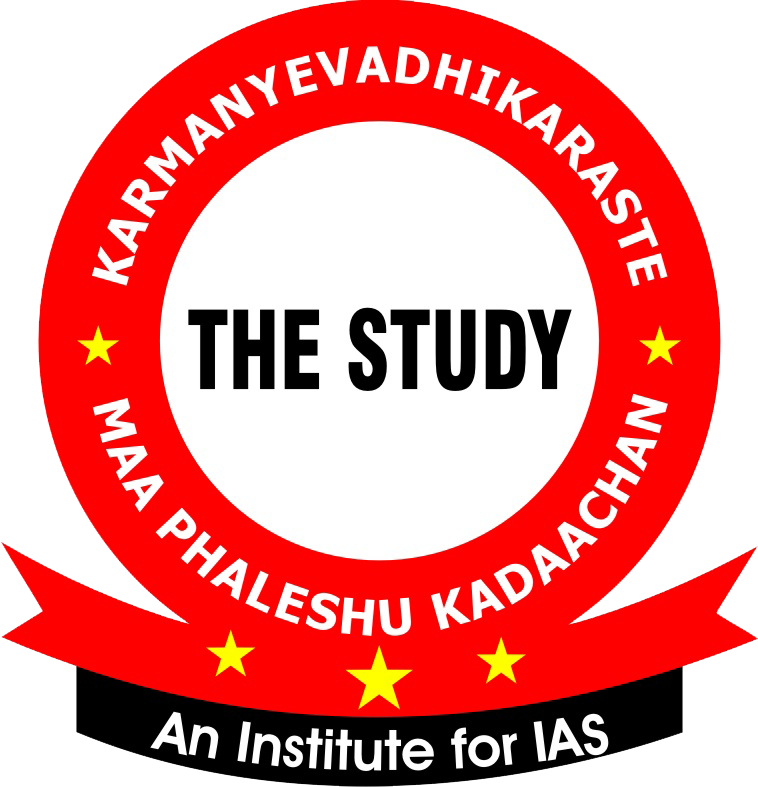20 Story of Unsung Heroes
Why in News?
- Recently, the Ministry of Culture released the third comic book based on the stories of 20 unsung tribal freedom fighters during the Tiranga Utsav celebrations.
- This comic contains stories of the brave tribal men and women freedom fighters who led their tribal companions to struggle against the British Raj.
- The Ministry of Culture in collaboration with Amar Chitra Katha published first comic book, based on 20 Women unsung heroes. Second comic book is based on 15 women elected to the Constituent Assembly.
Unsung Tribal Freedom-fighter
The unsung tribal freedom fighters of the Indian freedom movement included in the third edition of this comic book are -
- Tilka Manjhi led the rebellion against the British rule in 1783 AD in Santhal Pargana. He belonged to the Paharia tribe. In 1784, he wounded the British general Augustus Cleveland with arrows in Bhagalpur. Sir Eyre Coote and Pahariya commander Jaurah suppressed this rebellion. Tilka Manjhi was arrested in 1785 and hanged on a banyan tree in Bhagalpur.
- Thalakkal Chanthu of the Kurichiyar tribe actively participated in the Pazhassi Raja's war against the East India Company. He was hanged.
- Buddhu Bhagat was a member of the Oraon tribe. This religious leader blew the trumpet of rebellion (1832) against the British. In this rebellion, Buddhu attacked the British with the help of his family and close disciples.
- Tirot Singh (1830-33), the leader of the Khasi community, had come to know about double standard of the British. So, he started struggle against them. In fact, the British conquered the areas around Jaintia hill and later wanted to make a road to this area. Forced labour was encouraged in the construction of this road. During the Khasi rebellion, Tirot Singh was captured, tortured and imprisoned. He died in jail.
- Raghoji Bhangre belonged to the Mahadeo Koli tribe. He revolted against the British (1839-1850) and his struggle continued even his mother was imprisoned. This rebellion spread from the border of Kutch to the Western Ghats. They were caught and hanged.
- Sidhu and Kanhu Murmu were members of the Santhal tribe, who revolted against the British (1855-56). He led the Santhal people in the Hul rebellion. Along with Sidhu and Kanhu, his two brothers Chand and Bhairav and two sisters Phulo and Jhano were also took part in this rebellion. After this rebellion, the British government declared the Santhal region as a separate regulation district according to the 37th regulation in 1855 AD and named it Santhal Pargana. Manjhi system was recognized for administration.
- Rendo Manjhi and Chakra Bisoi of the Khond tribe objected to the British interfering in their customs. Rendo was caught and hanged while Chakra Bisoi became a fugitive and died in hiding. The people of Khond tribe lived in the mountainous areas extending from Tamil Nadu to Bengal and Central India and being a hilly region, they were independent. Their rebellions took place against the British between 1837 and 1856.
- Nilambar and Pitamber who belonged to the Bhogta clan of the Kharwar tribe were inspired to revolt and led their people to rise up against British oppression. They were both captured and hanged.
- Ramji Gond of the Gond tribe rose against the feudal system by which wealthy landlords oppressed the poor with the support of the British. He was caught and hanged.
- Telanga Kharia of the Kharia tribe, refused to accept the tax system of the British and their governance. He insisted that they follow their traditional method of self-governance and organized raids on the treasury. He was betrayed and shot dead.
- Tantiya Bhil, known as the Robin Hood of the Central Provinces, robbed trains carrying British wealth and distributed it among his tribe, the Bhils. He was trapped and hanged.
- Major Paona Brajabasi of Manipur, fought to defend the kingdom of Manipur. He was the hero of the Anglo-Manipur war. He fought like a lion but was overpowered and beheaded.
- Birsa Munda of Munda tribe was the hero of the struggle against the British (1899). He led the Munda people against the British. The movement started by Birsa Munda was a kind of socio-religious and political movement.
He gave the responsibility of religious and social movement to Som Munda. In this movement, Birsa established an exploited-free society. He announced a new religion according to the Munda society, the ideals and rituals of Hinduism and the propagation of purity and austerity, belief in one God, prohibition of worship of ghosts and Emphasis was placed on building self-respect and self-confidence in every person of the society.
Birsa Munda made Donka Munda the general of his political movement. This movement is called Ulgulan or the Great Movement. In this movement, Birsa kept the following programs - disobeying government rules, boycott of government employees, armed rebellion plan, stop paying revenue, possession of ryots on land, challenge to the power of the queen and establishment of Munda state. He was caught and put in jail and according to British records he died of cholera in jail. He was only 25 years old when he died.
- Matmur Jamoh of the Adi tribe of Arunachal Pradesh, rebelled against the arrogance of the British. He and his companions surrendered to the British as their villages were being burnt. They were sent to the Cellular Jail and died there.
- Tana Bhagat of Oraon tribe used to tell his people about the exploitation of British and landlords and it is believed that he got the message of preaching to the people from his adoration. After 1920, the Oraon rebellion turned into the Tana Bhagat movement, which established a relationship with the Gandhian movement. They were caught and subjected to severe torture. Tana Bhagat, shabby by torture, was released from jail, but later he died.
- Malati Mem of the Tea-garden community was inspired to join Mahatma Gandhi's satyagraha movement. She fought against the British monopoly over opium and educated her people about the dangers of opium addiction. During an encounter with the police, she was shot dead.
- Laxman Naik of the Bhuyan tribe, was also inspired by Gandhi and campaigned extensively to get tribes to join the freedom movement. The British framed him for the killing of a friend and he was hanged to death.
- Helen Lepcha of the Lepcha tribe, was an ardent follower of Mahatma Gandhi. Her influence over her people made the British restless. She was shot at, imprisoned and hounded but she never lost courage. In 1941 she helped Netaji Subhas Chandra Bose escape from house arrest and travel to Germany. She was awarded the ‘Tamra Patra’ for her invaluable contribution to the freedom struggle.
Pulimaya Devi Podar heard Gandhi when she was in school and wanted to join the freedom struggle immediately. Despite stiff opposition from her family she joined the movement after her studies and encouraged women to join her. She was imprisoned for her participation in protests. After independence she continued to serve her people and was awarded the title of 'Swatantra Sainani'.
*****

